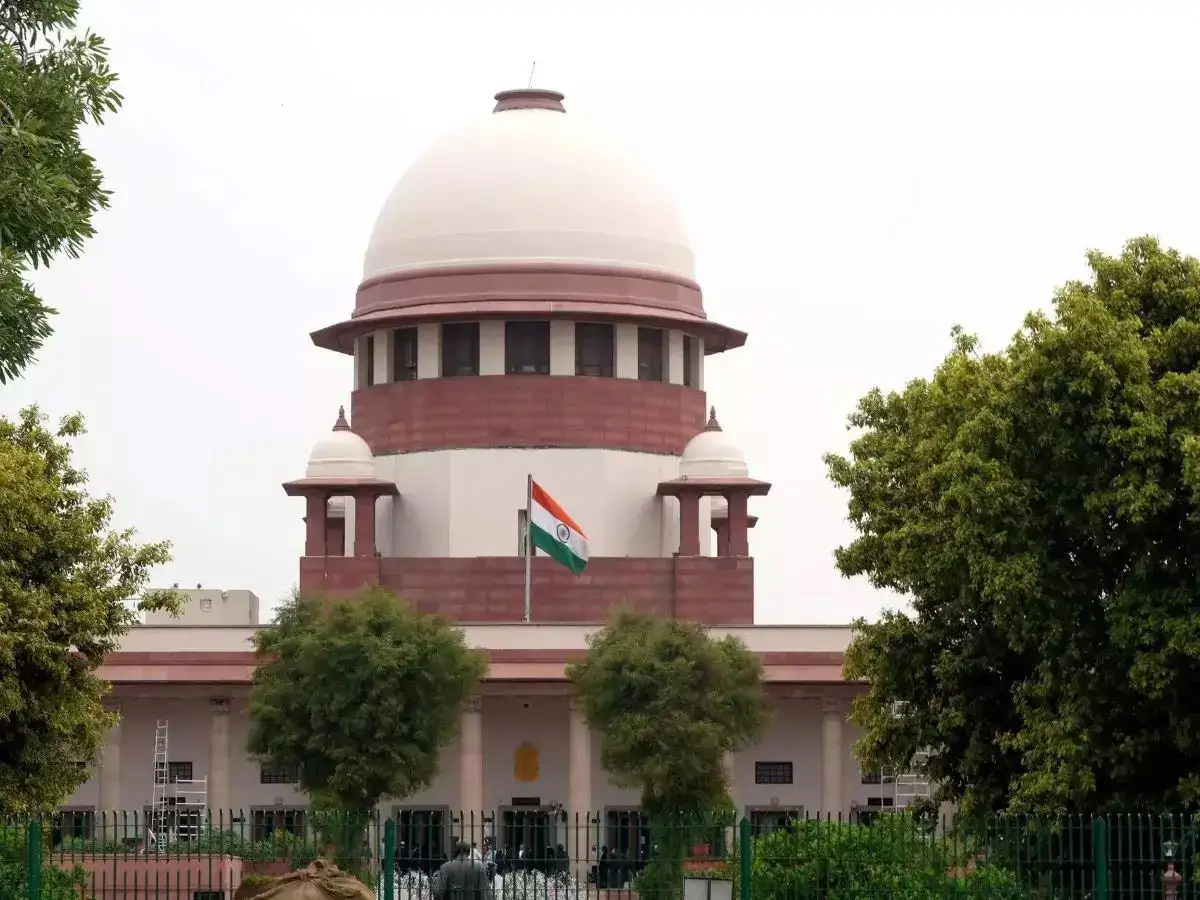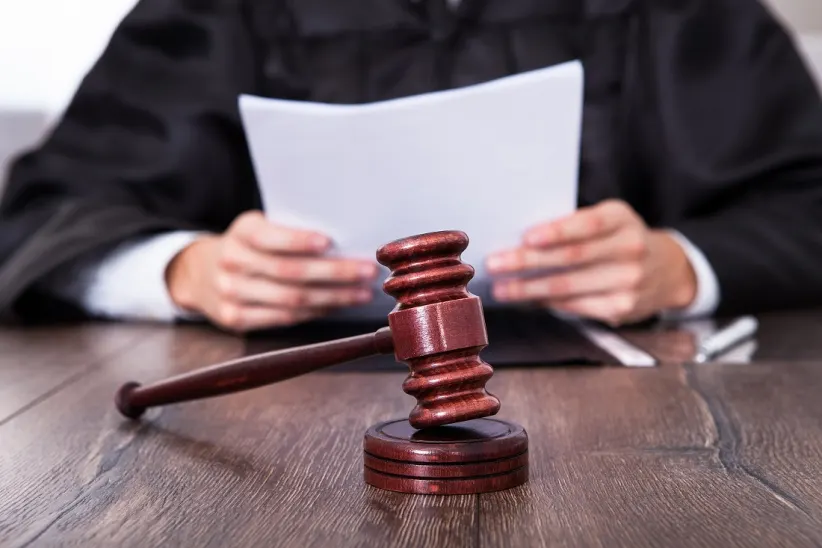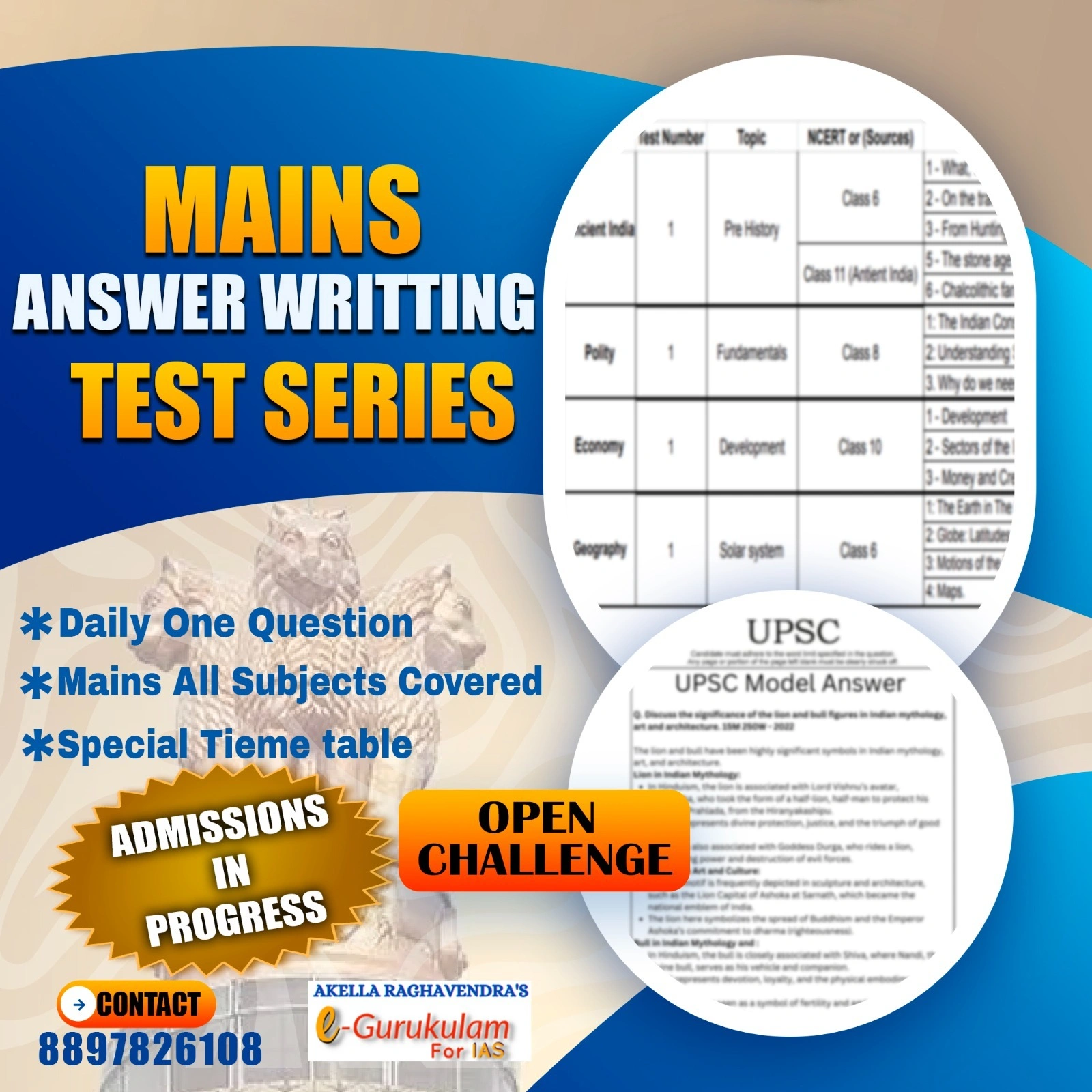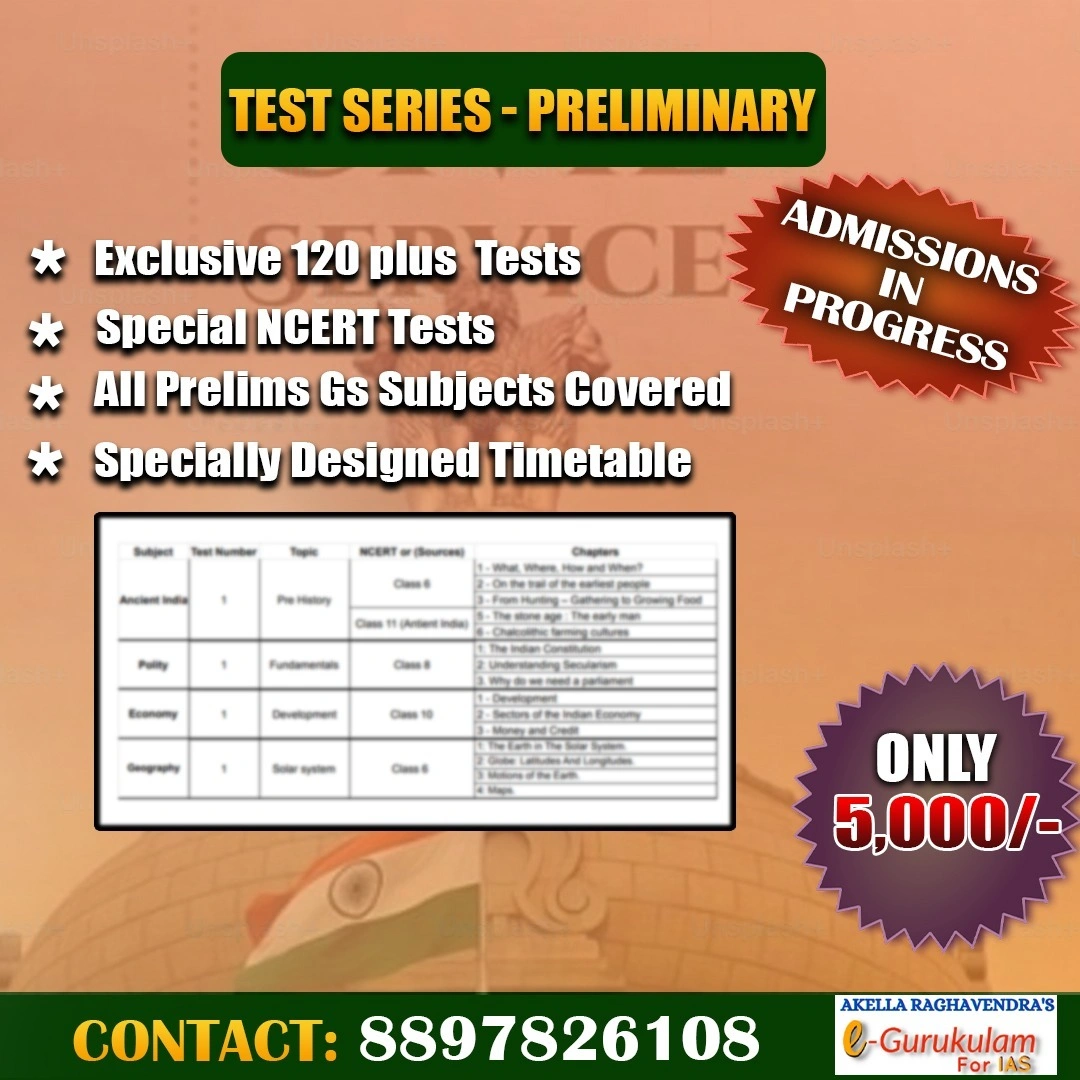Removal of Judges of SC
Constitutional Provisions for Removal of Judges
The Indian Constitution lays down a strict procedure for the removal of Supreme Court and High Court judges to ensure judicial independence while maintaining accountability.
Supreme Court Judges (Article 124(4) & (5))
- A Supreme Court judge can only be removed on grounds of “proved misbehavior or incapacity.”
- Removal is done by an order of the President after approval by both Houses of Parliament through a special majority.
High Court Judges (Article 217(1)(b))
- A High Court judge can also be removed only on the same grounds as above.
- The process follows similar procedures as that of Supreme Court judges.
The Removal (Impeachment) Process
Step 1: Initiation of Motion
- The process starts when 100 Lok Sabha MPs or 50 Rajya Sabha MPs sign a motion and submit it to the Speaker (Lok Sabha) or the Chairman (Rajya Sabha).
- The presiding officer may admit or reject the motion.
Step 2: Investigation by a Committee
- If admitted, a three-member committee is formed, comprising:
- A Supreme Court judge
- A High Court Chief Justice
- An eminent jurist
- The committee examines the charges and submits a report:
- If the judge is found guilty , the motion proceeds.
- If not guilty , the motion is dropped.

Step 3: Voting in Parliament
- If the charges are proven, both Houses of Parliament must pass the motion by a special majority (2/3rd members present and voting, plus a majority of the total membership).
Step 4: Presidential Assent
- Once both Houses approve, the President issues an order for the judge’s removal.
In-House Procedure for Misconduct Complaints
- The Chief Justice of India (CJI) receives complaints regarding judicial misconduct.
- A preliminary inquiry is conducted to check whether there is enough merit to proceed.
- If misconduct is suspected, a three-judge committee is set up to investigate.
- The committee may recommend:
- No action needed.
- Cautioning the judge.
- Asking the judge to resign voluntarily.
- Impeachment process to be initiated.
This process ensures internal discipline without direct political interference.
Important Cases Related to Judges' Removal
-
Justice V. Ramaswami (1991):
- First judge against whom impeachment proceedings were initiated.
- Found guilty by the committee but survived due to Congress MPs abstaining from voting.
-
Justice Soumitra Sen (2011):
- Impeachment motion passed in Rajya Sabha but he resigned before Lok Sabha could vote.
-
Justice P.D. Dinakaran:
- Accused of land grabbing.
- Resigned before the impeachment process could start.
-
Justice S.K. Gangele (Madhya Pradesh HC, 2018):
- Accused of sexual harassment, but the committee found no conclusive evidence.
Supreme Court’s Reforms in 2014
- The Supreme Court revisited the in-house procedure for dealing with misconduct.
- It emphasized confidentiality, fair inquiry, and accountability.
- The Court held that judges must be given a chance to explain themselves before action is taken.
UPSC Mains Practice Questions
- Judicial independence is crucial for democracy, but so is accountability. Discuss the provisions for the removal of judges in India and their effectiveness. (250 words, GS Paper 2)
- What are the ethical concerns surrounding judicial misconduct in India? Suggest reforms to enhance transparency in the judiciary. (250 words, GS Paper 4)













